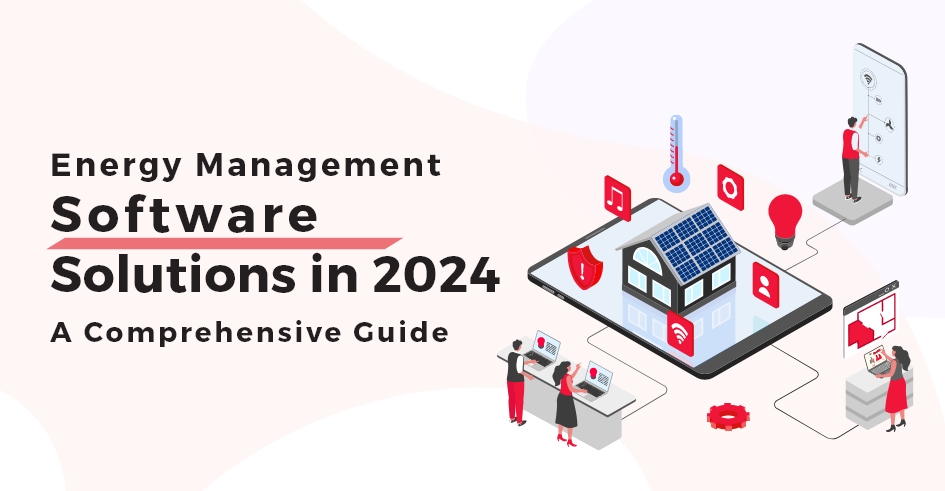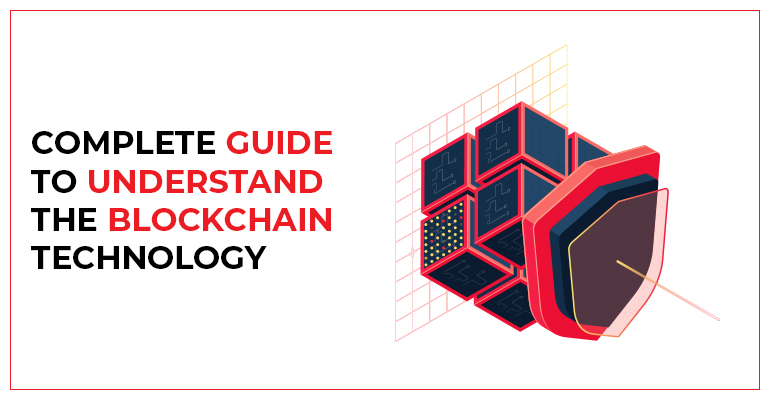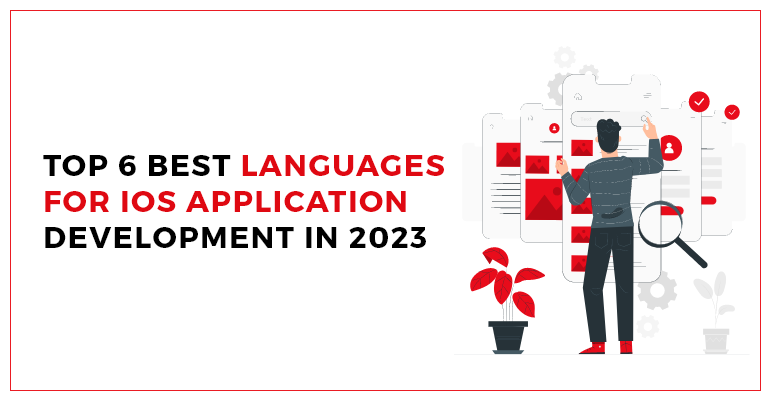Tricks to get discount on app development costs
June 23, 2021
admin
There are several approaches to budgeting for a tech startup and organizing the mobile app development services process. For example, companies with a constant programming flow prefer hiring in-house workers and assigning them full-time jobs. On the other hand, small businesses are more likely to outsource development and make short-term strategies. In this situation, their app development costs are reduced, but the project quality may suffer as a result.
Non-tech enterprises that just have a few digital items to offer their customers (websites and apps) are more likely to recruit part-timers or enlist the services of digital agencies for specific projects. So, is there any way to cut your app development costs without sacrificing quality?
Of course, there is. What if you wanted to turn your multimillion-dollar concept into an app that people would like to use and pay for your services? Unfortunately, your financial resources are limited. What would you do if you were in that spot? You do not need to be distressed; instead, you should seek a solution to the problem. This post will lead you through several tried and accurate methods for dramatically lowering development costs.
SETTING THE PRODUCT REQUIREMENTS ONCE
Efficient planning is the first rule that both large enterprises and small businesses should follow. This method of calculating mobile app development expenses aims to include all feasible possibilities in your budget and avoid any unexpected spending. A product requirement document (PRD) is a well-organized description of your app’s features as well as the anticipated technology stack. Here are some of the essential impact PRD components:
- Company background
- App features
- UI and UX designs
- Platforms
- Project objectives and project ideas
- Timelines
- Budget estimation
- Project execution and control points
Although you can convey the product requirements to your remote or in-house team in any format you like (casual emails, presentations, official meetings, etc.), it is better that you develop an official document. Make it as specific and understandable as possible for all parties. This will lower the costs of app development associated with a lack of communication between the executive team and the product owner and the possibility of being rebuilt many times. A clear PRD also aids in aligning the marketing and development departments and determining whether you are ready to move on with app development or spend more time researching your market niche, target audience, and commercial potential.
OUTSOURCING OR IN-HOUSE
A vital aspect of project planning is deciding on the type of mobile app development personnel structure. Your ultimate choice will impact budget costs, workflow organization, and even the concept of product maintenance. You’ll have a hard time finding a corporation that doesn’t have a single employee on staff. The question is how to keep the correct balance between in-house and outsourced task execution to reduce the cost of developing an app.
Development outsourcing is a type of collaboration with developers that allows you to save money on office space and equipment, streamline internal processes, and hire from a worldwide talent pool. In addition, you can employ a fully dedicated team of contractors with sophisticated (and uncommon) experience to work on the project. This method works effectively in the following situations:
- You don’t want to hire a tech specialist and instead want to get a ready-to-use product based on your PRD at the end of the project;
- You don’t require programmers and other specialists (designers, QAs, project managers) all of the time.
- You don’t want to hire a tech expert and instead wish to acquire a finished product that meets your PRD.
- You don’t require programmers and other professionals (designers, QAs, and project managers) regularly.
SELECTING YOUR COOPERATIVE MODEL WISELY
Another factor to consider when estimating your app development budget is the partnership model. No single collaboration model eliminates all outsourcing risks; however, you can pick the one best fits your project.
What effect does the cooperative approach have on the cost of developing an app? To begin, let’s clarify that the term “cooperation model” only applies to work outsourcing. In-house task execution entails providing your staff with office space, technology, and software, as well as paying them based on how much time they spend there.
Outsourcing methods can differ. There are two primary choices.
THE FIXED PRICE MODEL
A client and an outsourcing team sign a fixed-price agreement, stating that the client will pay a set sum for the completed product. Your organization shares its requirements and project technical specifications during the pre-agreement stage. Budget estimates and timelines are provided by freelancers, a dedicated development team, or an outsourced provider.
The benefit of this method is that there is no possibility of going over budget, and the outcome can be simply assessed. On the other hand, the fixed-price approach does not allow you to change your product idea or features on the go. Use a different collaboration mechanism if your project PRD isn’t clear enough.
The benefit of this method is that there is no possibility of going over budget, and the outcome can be simply assessed. On the other hand, the fixed-price approach does not allow you to change your product idea or features on the go. Use a different collaboration mechanism if your project PRD isn’t clear enough.
TIME AND MATERIAL MODEL
Your app development cost should be variable if your project needs are uncertain. The time-and-materials approach requires you, as a client, to pay for the actual amount of hours spent on your work by the remote team. You should also pay for any supplies needed to complete the assignment, such as software, equipment, subscriptions, and even licensing.
The model enables you to better plan project timelines, adjust project vectors in critical situations, and track programmers’ productivity. There are, however, some drawbacks: the time-and-materials model can result in unexpected costs and premature budget exhaustion. It also has a lower control level.
UTILIZE THE CREDIBLE TECHNOLOGIES
The technological stack collects programming languages, frameworks, and digital tools that programmers and other professionals utilize to create a complete product in the technology field. Because it defines the development workflow, style, and complexity of app maintenance and higher costs and commercial risk, the Tech stack has a significant impact on the average price of app creation.
There are front-end and back-end components in every tech stack. However, some of the most used development tools perform admirably on both the client and server sides of the project. A tested tech stack can aid in optimizing the development process and reducing team resources. If you use one of the most popular stacks, such as LAMP, Python-Django, MEAN, MERN,.NET, or Ruby on Rails, your app development costs will be cheaper.
So, instead of using the popular technologies among the market leaders, why not utilize something else? The issue is that you can’t always construct an app with custom functionality using existing tech stacks. In this instance, it is better that you look for reliable data security solutions.
ENDNOTE
To keep your mobile app development costs down without sacrificing its appeal, save it as simple as possible, creating a clear boundary between what parts and processes are vital to your advertising plan and what isn’t. Remember that minimalistic apps might be in high demand if they include breakthrough features that customers have been waiting for.





